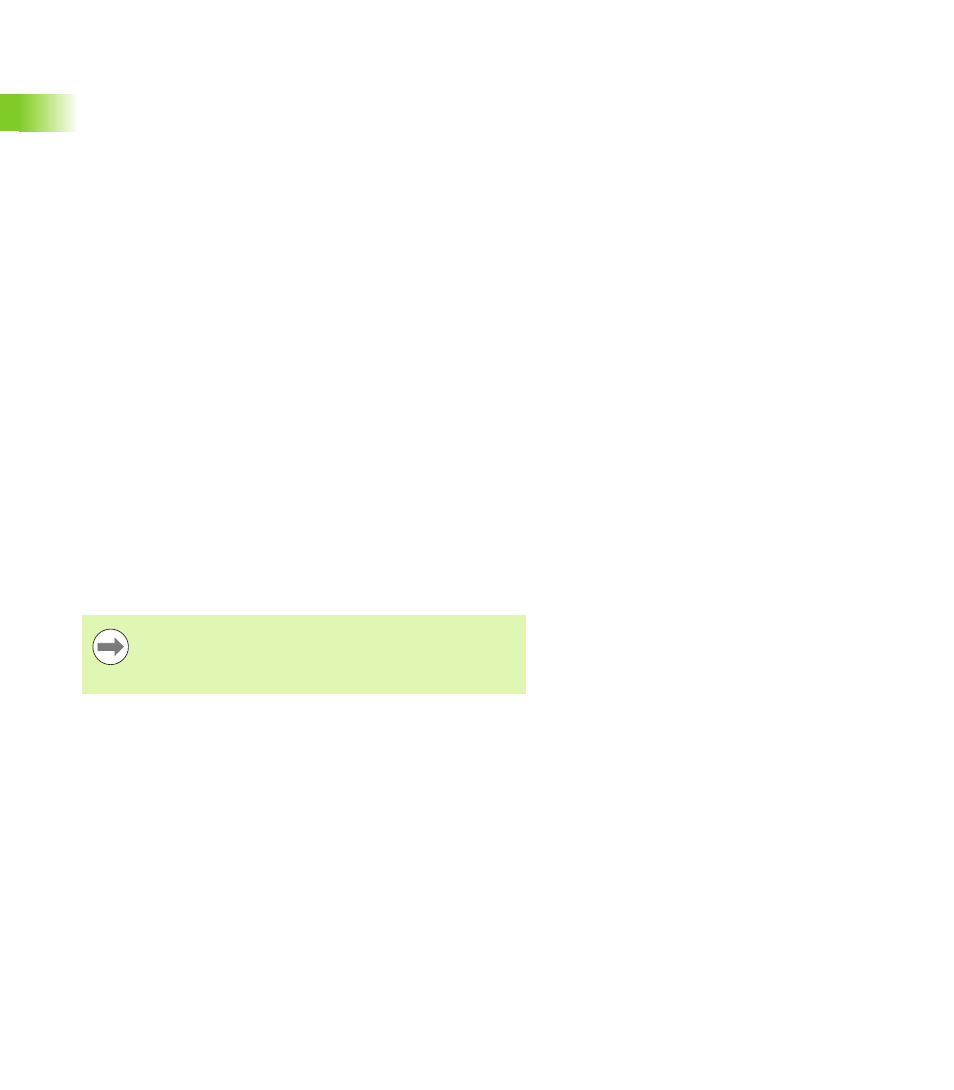4 f o rm ulas – HEIDENHAIN ND 2100G User Manual
Page 214

214
2 Installation and Specifications
2.4 F
o
rm
ulas
The rate of continuous sampling is determined by the Delay parameter
and the system refresh time. System refresh time typically varies
between 0.03 and 0.10 seconds depending on the number and type
of channels used and the complexity of formulas.
The resulting sample rate becomes:
Sample rate = 1/(Total trip function time)
~ 1/(System refresh time + Delay time)
Assuming the maximum system refresh time, and no sample Delay,
the maximum sample rate is approximately:
Max sample rate = 1/(0.10 + 0)
= 10 samples/second
Generally applications that require continuous sampling employ
slower rates, with seconds, minutes or even more time between
samples. For these applications the sample rate can be expressed as
the inverse of the user specified delay as shown below.
Sample rate ~ 1/Delay
Application developers generally know the sample rate requirement
and need to find the delay parameter to enter into the Trip function.
Since sample rate and delay are inversely related, for sample rates less
than 10 per second, delay can be expressed as:
Delay ~ 1/sample rate
For example, a sample rate of 1 sample per minute requires a delay of
60 seconds, resulting in the formula parameters shown below.
A = trip(C1, , , 60sec)
Continuous samples can be accumulated in the ND 2100G database,
transmitted over the RS-232 port or sent to a USB drive.
A = trip(C1, , , 60sec);Send
The Auto hot key function toggles the Trip function on and
off. Assign the Auto function to the desired front panel key
prior to configuring the Trip function for continuous
sampling. Refer to "Hot Keys setup screen" on page 141.